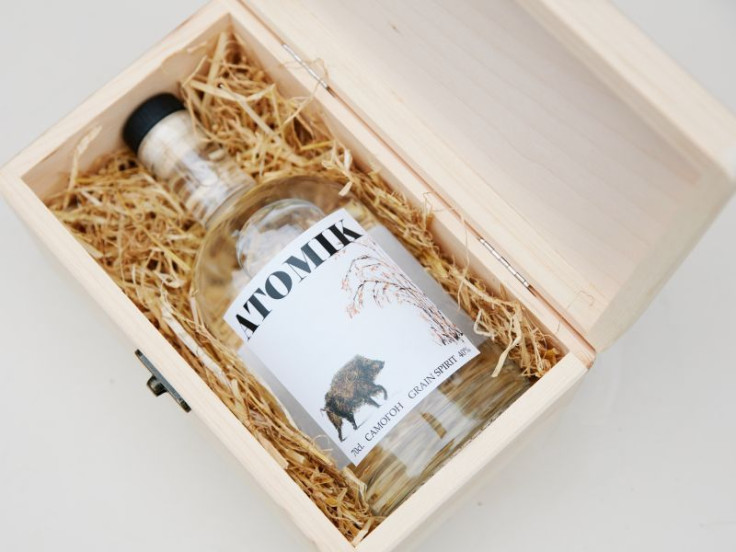Atomik Vodka: Made From Chernobyl Nuclear Reactor's Forbidden Zone

Chernobyl is associated with the worst nuclear disaster in history but it could soon be known for a bizarre offering: atomic vodka that uses ingredients from the region’s once forbidden zone.
The 1,000-square-mile zone that surrounds the Chernobyl Nuclear Power Plant was initially declared as uninhabitable for humans for a period of 24,000 years following the meltdown that occurred in April 1986.
Jim Smith, from the University of Portsmouth, and colleagues, however, produced something extraordinary using ingredients from the abandoned lands: the first bottle of alcoholic spirit made of water and grain that were harvested in the reactor's once-forbidden exclusion zone.
They said the artisan vodka is not more radioactive compared with other liquor products available on the market.
In a report published on Aug. 8, Smith and colleagues presented the results of a three year research project that looked into the transfer of radioactivity to crops grown in the Chernobyl Exclusion Zone.
They found the grains here have some radioactivity. The strontium-90 is slightly higher than the cautious Ukrainian limit of 20 Bq/kg.
Distilling, however, reduces any impurities in the original grain, so the only radioactivity the researchers could detect is natural Carbon-14 and it is at a level similar to those of other spirit drinks.
The researchers also diluted the distilled alcohol with mineral water that originated from the deep aquifer in Chernobyl town. The water has similar chemistry to groundwater in Champagne, France and is also free from contamination.
Smith and colleagues hope the vodka, branded ATOMIK, will help the region recover economically. They are setting up the social enterprise “The Chernobyl Spirit Company” to produce and sell the home-made vodka, or moonshine. They are also planning to give 75 percent of the profits back to the affected community.
Smith said ATOMIK is the most important bottle of spirits in the world because it could help revive the economy of communities living in and around the abandoned areas.
“33 years on, many abandoned areas could now be used to grow crops safely without the need for distillation,” Smith said.
“We aim to make a high-value product to support economic development of areas outside the main Exclusion Zone where radiation isn’t now a significant health risk.”
© Copyright IBTimes 2024. All rights reserved.





















